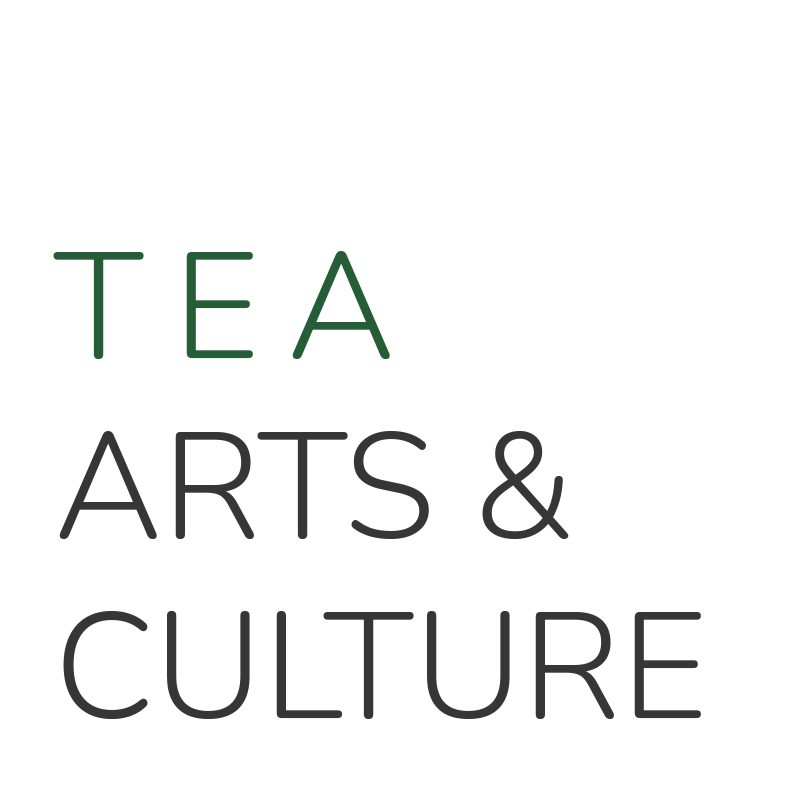The Traditional Art of Moroccan Tea
الشاي المغربي التقليدي
By Nizar Gartit
Nizar Gartit is a Morrocan culture advocate. He is the founder of Women's Museum of Marrakech, the first of its kind in Morocco and in North Africa dedicated to the history and culture of the Moroccan woman, their daily life, and their creativity. He participated in many of our community events, and here he shares some insights into the traditional arts of Moroccan Tea with us.
Green tea is the ancestral association of Moroccan Tea. Before the arrival of green tea from China in the 12th century, Moroccans used to consume infusions of mint and other aromatic plants depending on the season - wormwood, sage, thyme, or lemon verbena. Mint tea is the favorite drink of Moroccans. It is also rooted in ritual and legendary hospitality in Morocco. Quickly adopted by all social classes, it is consumed on average fivetimes a day and is commonly called "atay".
Photo @ Women's Museum of Marrakech
In Arab culture, the concept of hospitality is triangular: it consists of God, guest and host.
- For the guest, hospitality is a right rather than a gift.
- For the host, hospitality is a duty first towards God, and then unto his guest.
The Mint Tea Ceremony
In Morocco, for women and men, there are several types of ceremonies depending on the type of mint tea served. It could be light, sweet, or strong. It could be light and perfect to finish a meal or strong tea for an engagement ceremony, circumcision, or when friends visit.
A Moroccan Tea ceremony lasts about an hour depending on the number of guests. The most often encountered Moroccan Tea ceremony where mint green tea is tasted includes these crucial elements:
Purification
- The tea host معلم, dressed in traditional clothes, begins by greeting the guests by saying “Salam Alaikum.” After various utensils being placed in their defined position, towels are used to clean the glasses (kass) and the teapot (barad). Then, the host pours hot water into the teapot to bring the teapot to a warmer temperature and rinses it before preparing the mint tea.
Preparation
- Two spoons (approximately three grams) of gunpowder tea are added in the teapot. Then the host adds hot water and stirs the teapot in an elliptical rotation. The movement begins with a slight rotation to unify the drink. It is necessary to make a firm and rapid movement back and forth from top to bottom. This first brew is poured into a glass, awaiting the final preparation.
- The host adds hot water to the teapot, and repeats the rotary movements to remove any impurities from the green tea. This new mixture is thrown away because it is very bitter and impure. Then, the host can add a natural sweetener (honey, agave syrup, or organic stevia leaf powder), fresh mint, and fill the teapot with hot water (about 90°C).
- The host lets the mixture infuse in the teapot over low heat for two minutes, pours the mixture into two tea glasses, and returns the mixture of glasses to the teapot to continue the infusion while oxygenating the mint tea. This step is repeated several times with . When foam appears to coat the top of the glasses, the first infusion is ready. All the aromas have merged for an excellent flavor.
Tasting
- The tea can be served to the guests of honor, serving them from right to left. Before tasting, the guests should all be served a glass of mint tea by one of the hosts. Then, everyone raises their glass as a sign of respect for the host and will say, “Bismil’Allah” (In the name of God).
- Drinking from the front side is an unforgivable etiquette error. Mint tea is enjoyed in several small sips, without ever putting the glass back on the table. When all the guests' white or hand-painted glasses are placed on the table, an assistant clears the tables and brings back new glasses for a second and third, and final tasting.
Gratitude
- The host thanks all the guests for sharing this mint tea. All the guests thank him in turn. Guests speak divine invocations to reward the host of Ceremonies and his family for his generous hospitality. The experience ends with a selection of Moroccan pastries and then they enjoy Moroccan cuisine, often around a couscous or tagine.




